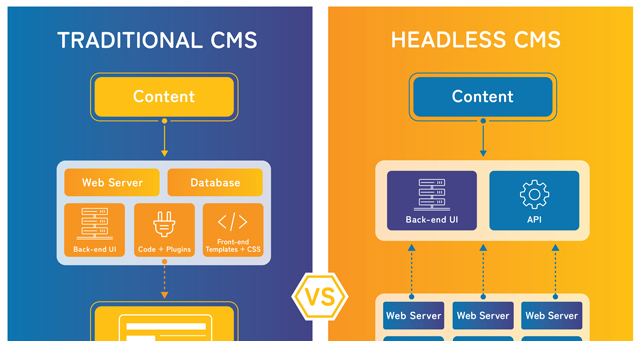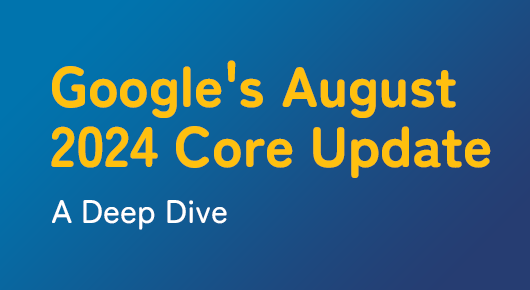In the ever-evolving landscape of digital content and e-commerce, businesses are constantly seeking innovative solutions to streamline their operations and enhance user experiences. One such solution that has been gaining momentum in recent years is the adoption of Headless Content Management Systems (CMS) for e-commerce.
This paradigm shift represents a departure from traditional monolithic CMS architectures, offering a new approach that empowers businesses with greater flexibility, scalability, and agility. In this opinion piece, we explore the essence of a Headless CMS, delve into its advantages, and specifically examine how it is reshaping the e-commerce landscape.
At MM, we have been encouraging the use of Headless CMS for our clients. Headless CMS, which will be explored further below, is essential for future online and e-commerce viability due to:
- Less reliance between frontend and backend components: meaning developers and content creators can work independently of each other, reducing conflict and enjoying smoother collaboration
- Faster performance: including server response and loading times
- Increased personalisation of product and content
- Seamless user journeys across various devices
- Efficient and cost-effective scalability as the requirements of a website change and grow over time
What Is a Headless CMS and How Does It Work?
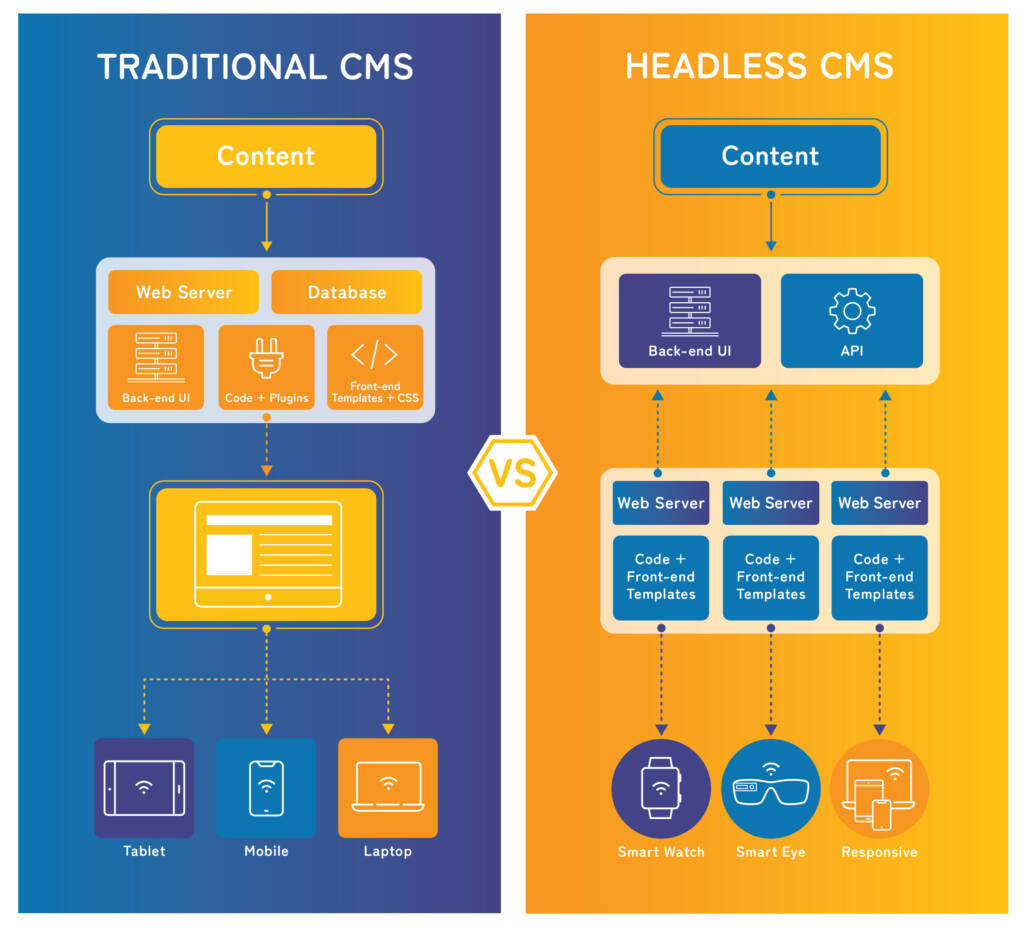
5 Reasons Why You Should Invest in Headless CMS
1. Flexibility and Freedom of Design:
Benefit for E-Commerce: Speed to Market
E-Commerce businesses can launch new products, promotional campaigns, or updates faster since changes in the backend do not necessitate a complete overhaul of the frontend. This agility is crucial in the competitive e-commerce landscape.
How much faster are Headless CMS vs traditional monolithic systems?
Due to its decoupled frontend and API-based communication, Headless CMS generally offer faster performance when compared to traditional systems. The separated frontend allows for efficient rendering and reduces the load on the server, which can result in faster response times.
The decoupling also allows frontend and backend services to be scaled independently. This scalability enables platforms to handle increased traffic more effectively without sacrificing performance, more on this in point 3. Meanwhile the API working with the Headless CMS provides lightweight and efficient data transfer, resulting in faster page load times compared to traditional full-page reloads.
2. Multi-Channel Content Delivery:
Benefit for E-Commerce: Adapts to Changing Customer Behaviours
A Headless CMS allows e-commerce businesses to adapt to changing consumer behaviours by delivering consistent and optimized content across all devices, from desktop browsers to smartphones and voice-activated assistants.
Headless CMS in Real-Life: Nike
Sports and lifestyle brand Nike is a good example of an e-commerce store embracing Headless CMS. Through the use of a Headless CMS, Nike have been able to deliver consistent and optimised content across all touch-points, including desktop browsers, mobile app, social media platforms and voice-activated assistants where customers receive relevant product information, recommendations and engaging content tailored to their preferences and behaviours.
A prime example relating to Nike is that when a customer interacts with Nike’s mobile app, the Headless CMS dynamically adjusts the content layout and presentation based on the device’s screen size and resolution. Similarly, if a customer asks a voice-activated assistant about Nike products, the CMS seamlessly delivers relevant information in a format suitable for audio responses.
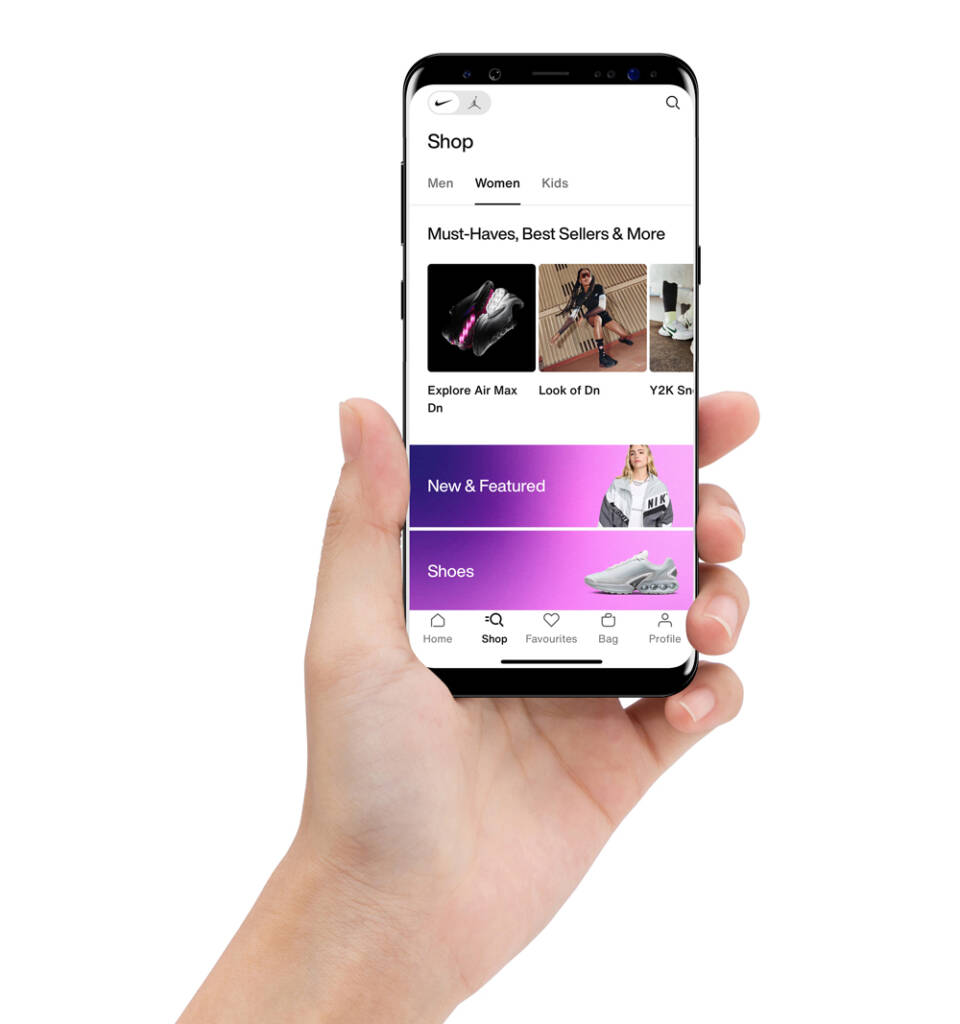
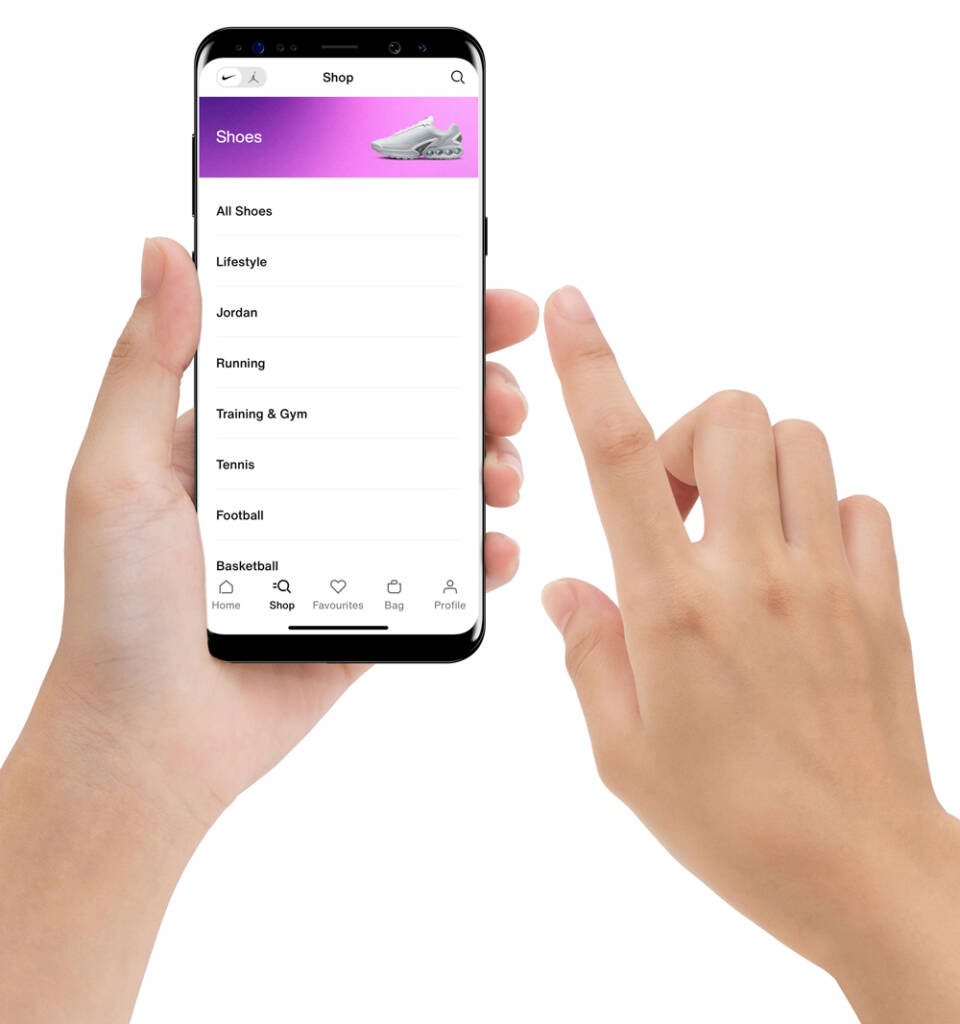


3. Scalability:
Scalability is a critical factor for businesses experiencing growth. Headless CMS architectures are inherently scalable due to their decoupled frontend, enabling businesses to handle increasing amounts of content and traffic without overhauling their entire infrastructure.
Upscaling Headless CMS: There may be a need to upscale the Headless CMS based on traffic needs, however, having the frontend and backend decoupled means each component can be scaled independently of each other. The result of this is optimised resource allocation and reduced server costs.
Despite Headless CMS upscaling being necessary, it’s more cost-effective in the long-run compared to upgrading monolithic systems.
Benefit for E-Commerce: Efficient Content Management
E-Commerce sites often have complex structures with various content types, such as product listings, reviews and banners. Headless CMS facilitates efficient content management by allowing businesses to organize and structure content independently of its presentation. This streamlines workflow and ensures that changes can be made quickly and consistently. The faster performance and scalability of Headless CMS, as discussed previously is key in ensuring content is brought to market, with speed.
4. Enhanced Security:
Benefit for E-Commerce: Evolves Easily with Third-Party Integration
With the risk reduced, e-commerce platforms using a Headless CMS can confidently integrate with third-party services, applications, APIs and emerging technologies. Brands and e-commerce sites using Headless CMS can enjoy having third-party plug-ins or integrations that bring about new functions with ease and reduced difficulties – meaning a simplified web architecture, faster response times and an efficient experience overall.
5. Future-Proofing:
Benefit for E-Commerce: Greater Personalisation
Personalisation is a key driver of success in e-commerce. Headless CMS enables businesses to deliver personalised content and experiences by integrating seamlessly with customer relationship management (CRM) systems and other tools that analyse user behaviours. This personalised approach enhances user engagement and fosters brand loyalty, driving brand sustainability.
Our Headless CMS Recommendations
There are a number of Headless CMS platforms in the market today. Contentful is a SaaS solution that has established itself as an industry leader in the Headless CMS space, boasting a large user base, a comprehensive feature set and favourable API-first approach.
Another popular CMS worth consideration is Shopify Plus. Its seamless integration with headless setups is particularly noteworthy, as it enables businesses to create tailored user experiences while tapping into Shopify’s robust backend features, such as order management, inventory tracking, and secure payments.
One of the most appealing aspects of Shopify Plus is its ability to design fast and engaging storefronts across various digital mediums, including web, mobile, smart mirrors, wearables and even video games. Utilising Shopify’s React-based framework, Hydrogen, Shopify Plus facilitates the rapid development of headless storefronts. This flexibility extends to your team, who can utilise either built-in commerce technologies or leverage experience with preferred tools from their tech stack of choice, you can accelerate development and build custom storefronts your way. Integrating your ERP, PIM, CRM and more is made simple with Shopify Plus.
Other open-source platforms like Strapi and Sanity have been gaining momentum with their unique offerings and developer-friendly approaches. Ultimately, the best CMS for Headless architecture will vary based on factors such as project scale, budget, development team expertise and desired features.
Headless CMS: A Game-Changer for E-Commerce
In the dynamic digital and e-commerce landscape, Headless CMS emerges as a game-changer, offering a flexible, scalable and future-ready solution. The decoupling of backend and frontend empowers organisations to adapt to technological advancements rapidly, providing a competitive edge in the digital space.
For e-commerce platforms specifically, the benefits of Headless CMS extend beyond efficiency to encompass omni-channel delivery, faster time-to-market, enhanced personalization, and an API-first approach that fosters innovation.
As businesses continue to navigate the complexities of the digital realm, the adoption of Headless CMS stands out as a strategic move towards building resilient, adaptable, and customer-centric digital experiences. Our digital team can help you explore whether a Headless CMS is the right solution for your business.






